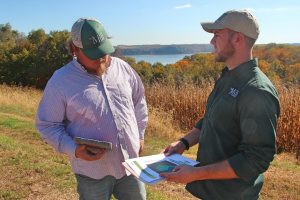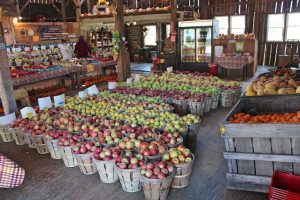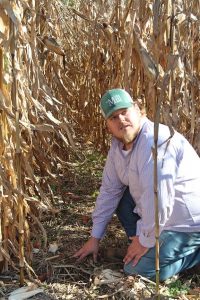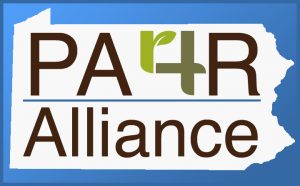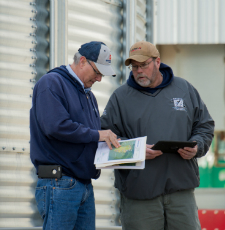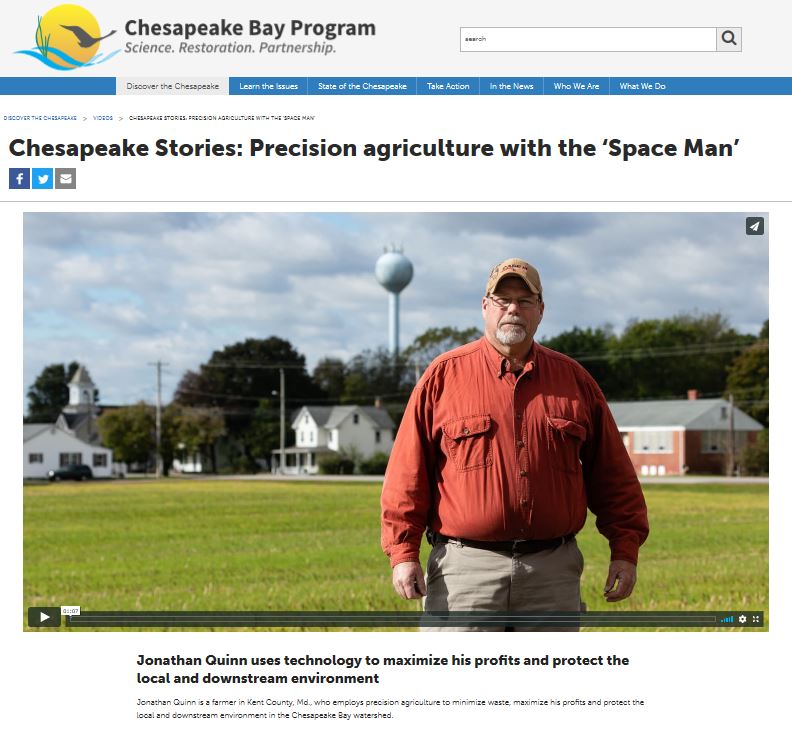4Rs and Fertility
Wednesday, March 5, 2025 (Chester, Maryland) – Over 130 attendees across the region joined the Mid-Atlantic 4R Nutrient Stewardship Association’s “Testing Efficiency February Webinar” on Monday the 24th. Key takeaways from the audience included: global use of fertilizer and manufacturing, benefits and challenges of crop residue, as well as 4R cost-share findings. The morning webinar was available to attendees for free with funding being provided by the 2020 National Fish and Wildlife Foundation Grant as well as The Campbell Foundation. The full webinar can be viewed on your YouTube page here.
Jarrod Miller, University of Delaware, kicked off the webinar on how to manage residuals after harvest. Residuals act as a mulch layer which helps conserve ground moisture and protect the soil from erosion during rain events. Different types of residuals provide several key source nutrients to the next crop cycle. But the residuals process to cycle nutrients depends upon the Carbon to Nitrogen ratio, which is dependent upon the type of residual. It is important to understand immobilization as well as nitrogen tie up and breakdown when planning your next crop. Listen to Jarrod’s presentation to hear his recommendations on managing these residuals.
Following Jarrod’s presentation, Jenell McHenry, Executive Director of the 4R Association, presented a summary of efforts by the 4R partners. A survey, completed in 2022, to understand current use and interest in 4R practices as well as preferred communication methods of random farmers in Pennsylvania, Maryland, Delaware, and Virginia found that on-farm trials were most helpful to learn about 4R practices. It also discovered that the most influential sources of information for a farmer were trusted advisors. Therefore, the 4R’s updated their mission to serve Trusted Advisors and show how 4R best management practices can help them, help their customers.
Between 2020 and 2024, the PA and DE-MD 4R Alliances supported implementation of new 4R practices on 21,930 acres. Practices included Split Nitrogen and biological products combined with nitrogen rate reduction. Farmers splitting their nitrogen over the growing season had an increase of revenue by feeding the corn crop when it needed the nitrogen the most. Lastly, through implementing split nitrogen applications, farmers in the region are reducing 60,190 pounds of nitrogen and 1,909 pounds of phosphorus per year. To learn more about these benefits, be sure to tune into the recorded webinar.
To wrap up, the morning webinar, Veronica Nigh with The Fertilizer Institute started with an update on Tariffs and the impact they may have on agriculture fertilizers. Monthly fertilizer prices were shown starting in January 2019. Veronica covered supply and demand for each key nutrient and planting projections for each crop. The presentation concluded with an overview of countries where fertilizers are imported to the United States. For an outstanding and informative presentation, be sure to watch the full recorded webinar.
The Mid-Atlantic team is thankful for the great line-up of presentations and those who were able to join. To share feedback on future events, please complete this short survey. Future events will be shared on the Mid-Atlantic 4R website, www.4RMidAtlantic.com.
